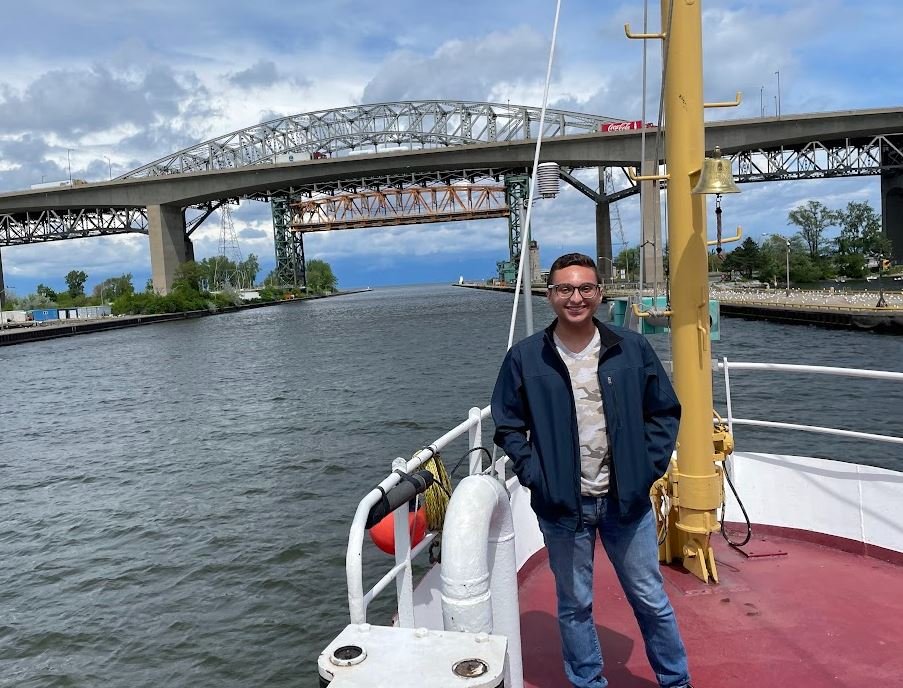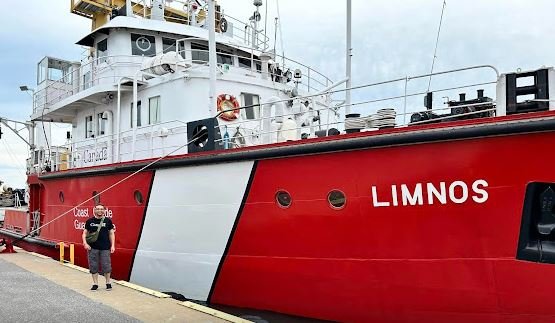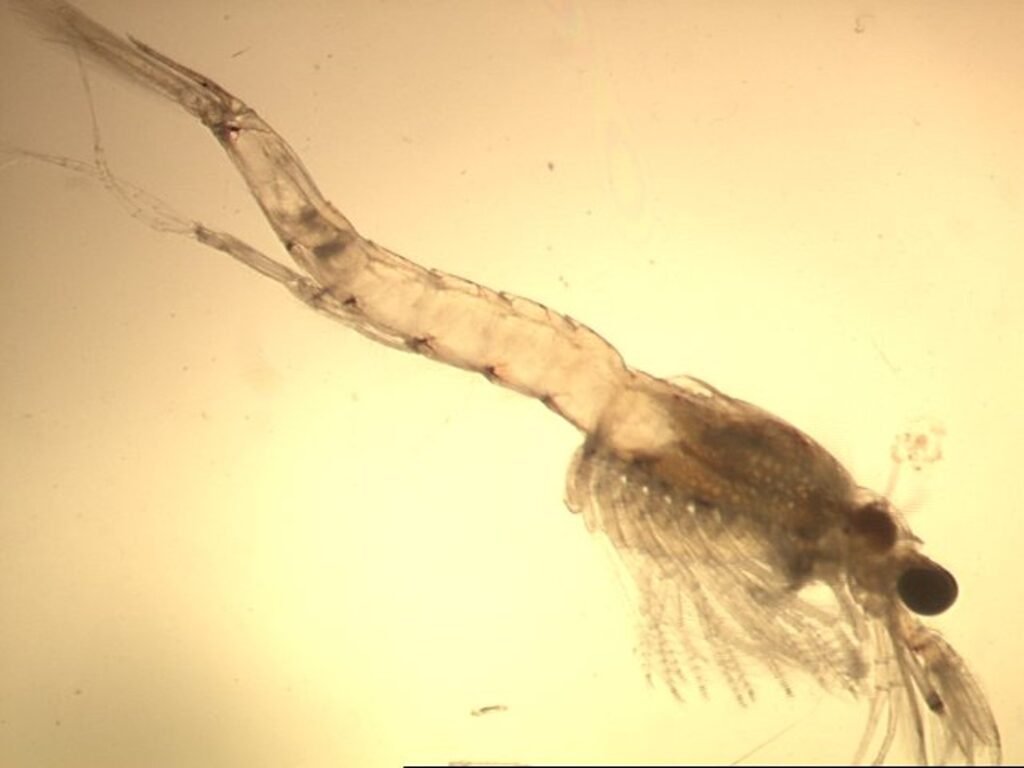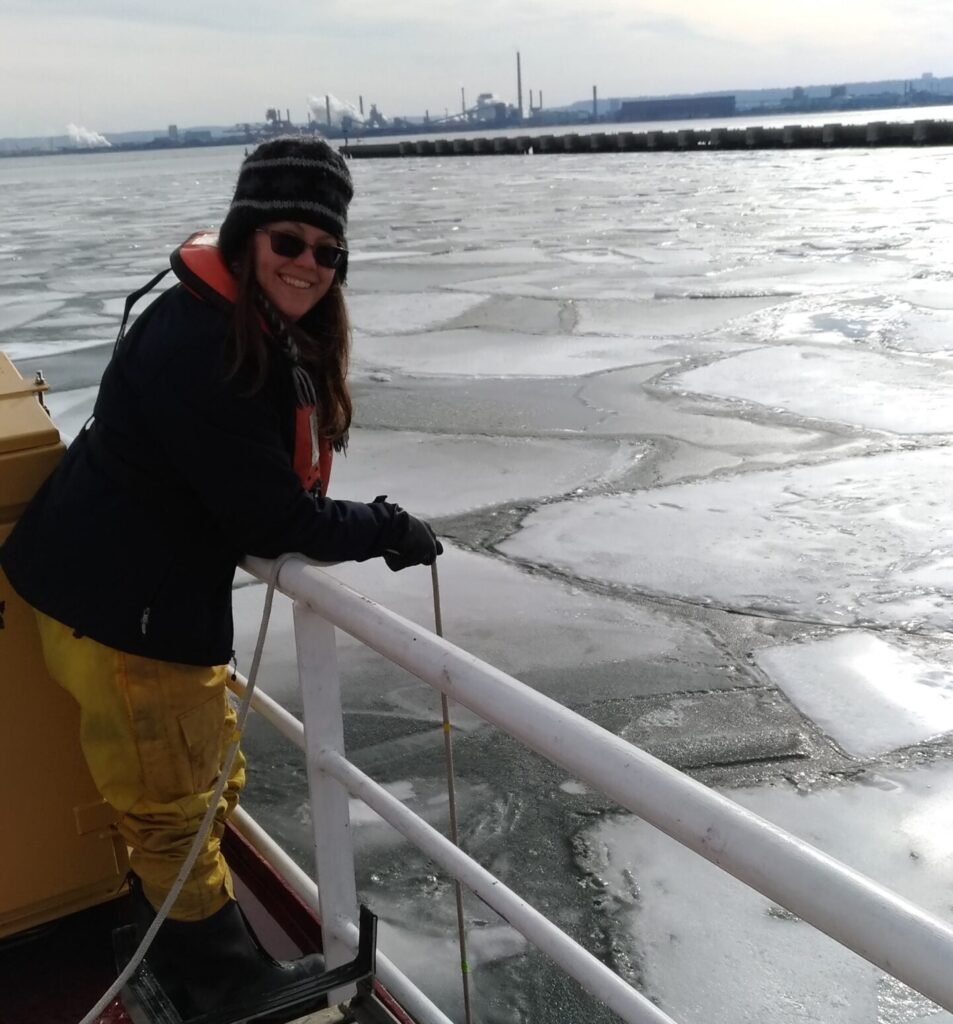Lake Erie CSMI 2024 : Part II Nine Memorable Experiences
In the last blog post, we explored the Cooperative Science and Monitoring Initiative (CSMI) and some of the treaty details (Annexes) in the Great Lakes Water Quality Agreement (GLWQA) that make it a vital component of continued binational scientific efforts in the Great Lakes basin. The CSMI certainly plays a vital role in monitoring and […]
Lake Erie CSMI 2024 : Part II Nine Memorable Experiences Read More »
